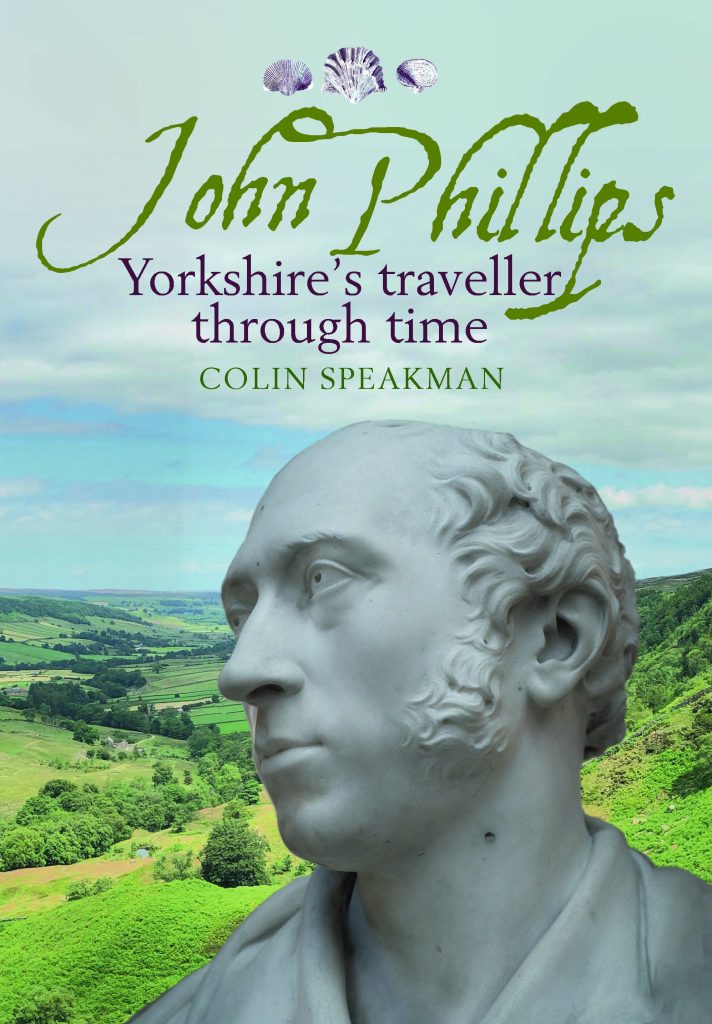
Not many people, even in Yorkshire where he was once famous, have heard of John Phillips (1800-1874). Yet when people walk across the limestone crags and summits of Craven and speak of the Craven Fault, or higher up Dales, the Yoredale Series, they are using terminology and concepts he invented.
He was the first person to fully understand and describe the great limestone landscapes of the Yorkshire Dales, and his story as a scientist, teacher, writer, artist, and energetic walker, is a fascinating one.
Born in Wiltshire, and orphaned when he was only seven years old, John was the nephew of the great William “Strata” Smith (1769-1839), one of the founders of modern geological science who also prepared the first geological maps of England and Wales. After being imprisoned from bankruptcy when his map publishing enterprise failed, William fled to Yorkshire with his nephew, who was now acting as his apprentice.
In 1822 they arrived in Kirkby Lonsdale where young John began to explore and survey the fells around Ingleborough. A chance meeting with a member of the Yorkshire Philosophical Society in 1824 led to William being invited to give a series of lectures in York, assisted by John. So impressed were the Society by John’s intelligence, that he was asked to stay on to catalogue the Society’s collection of fossils. Within a few years he was taken on as their paid Secretary and first Keeper (curator) of their new Yorkshire Museum.
The next few years saw John pioneering work interpreting the cliffs of the Yorkshire Coast, before returning to the Yorkshire Dales to write a classic guide to the limestone of the Dales. He became the first Secretary of the British Association for the Advancements of Science, a brilliant lecturer, and a palaeontologist of world repute, influencing Darwin, among others, with concepts of Deep Time and classifications of early life still used to this day. He left Yorkshire in 1853 to become Professor of Geology at Oxford University, a remarkable achievement for a penniless orphan who had no academic qualifications when he was appointed.
Before leaving York had had time to write and publish one of the best ever guidebooks to Yorkshire – The Rivers, Mountains and Sea Coast of Yorkshire (1853), and what is almost certainly one of the world’s first ever railway guide books, Excursions from the North
Eastern Railway (1854).
Following his tragic death in 1874, in an accident in an Oxford College, his body was brought back to his spiritual home in York to rest in state in the Museum, with the Great Bell of York Minster tolling the funeral procession through the city streets. He was buried in a modest grave in the city cemetery.
My book John Phillips – Yorkshire’s Traveller Through Time (Gritstone Cooperative 2020) – traces the growth of this genial but gifted personality whose last visit to Yorkshire in 1873 saw him staying in Settle to visit the hugely important excavations made by his students at Victoria Cave. As a scientist, teacher, and writer, and one of the greatest interpreters of the
Yorkshire landscape of all time, he had a profound influence on later generations. Even if we have never heard his name, we still see that landscape through his eyes. His work has led directly to the Yorkshire Dales being understood and recognised as a nationally important landscape – a National Park.
Copies available in Limestone Books for £15.00.